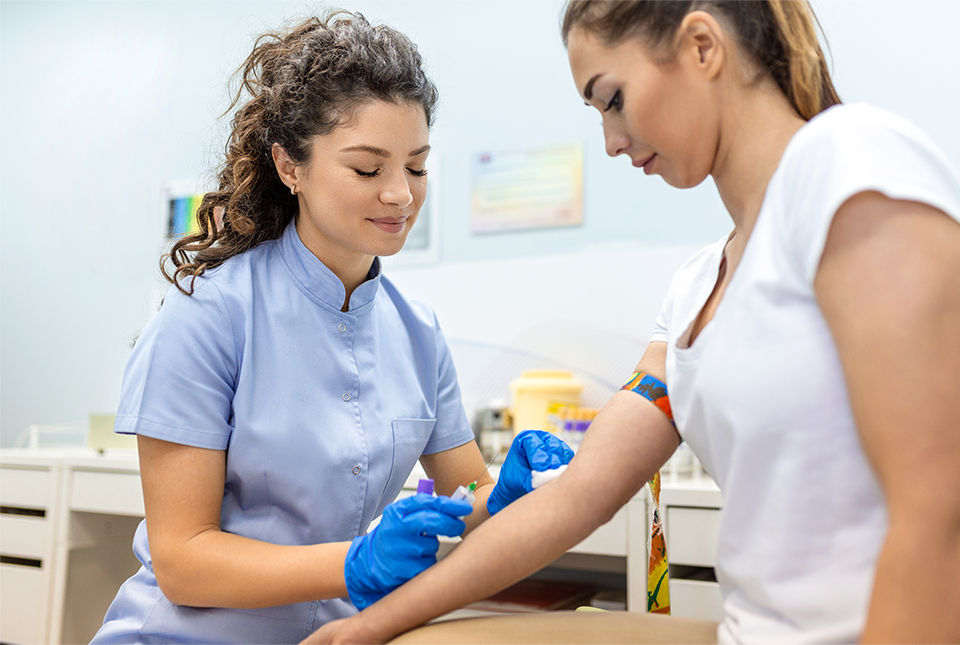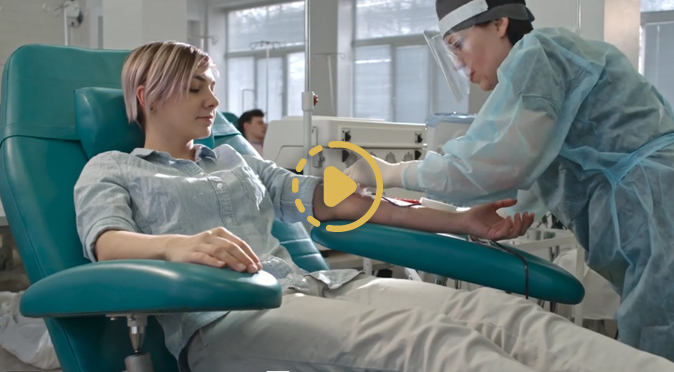
A phlebotomy tech is a medical professional who specializes in the safe and accurate
collection of blood samples for processing by a lab.

In this program, you will learn everything you need to know to undertake an
entry-level phlebotomist position. These skills include learning how to read and understand lab test orders
in different medical settings, learning basic tubes, and chemical compositions, as well as learning to
select, assemble, and use applicable equipment. You will learn the importance of safety, learn how to
identify the most common errors, properly identify patients, confirm requests, and adjust positioning
safely. You will also learn the appropriate techniques to perform venipunctures, including barriers and
implications in site selection.

After graduation, all you have to do is begin applying to the phlebotomist jobs you
desire! If you want to become even more employable, you can also pursue certification. While not required in
Texas, this step can make it even easier to start your career. Choose certification through any of the
recognized certification agencies, including the following:
American Certification Agency for Healthcare Professionals (ACA)
American Medical Technologists (AMT)
The National Center for Competency Testing (NCCT/MMCI)
The American Society for Clinical Pathology (ASCP)
American Medical Certification Association (AMCA)
National Healthcareer Association (NHA)

In order to enroll, you must
Pass a criminal background check. Be at least 17 years of age. Have proof of a GED or high school diploma.
Pass the Ability to Benefit Test in lieu of a high school diploma. Pass the employee misconduct registry
check (EMR). Pass a drug screening.
The cost of phlebotomy classes in Texas depends upon the course you take and the certification you pursue. However, expect to pay between $800 and $3,000 for your training. When you choose Careers Unlimited, you access flexible financing, scholarships and more that can make your course more affordable.
Usually, phlebotomy courses in Texas take between 8 weeks and a year to complete. However, through Careers Unlimited, you can complete the same training in about 5 weeks!





